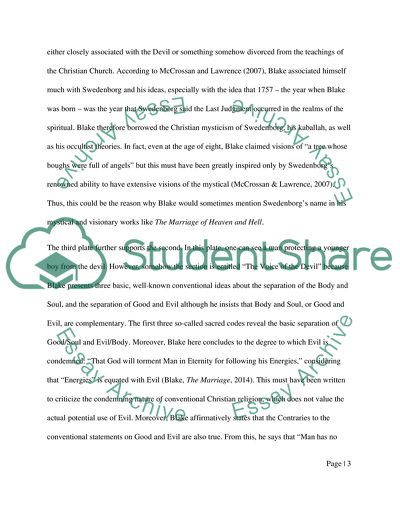Cite this document
(The Messages of William Blake about Heaven and Hell Literature review, n.d.)
The Messages of William Blake about Heaven and Hell Literature review. https://studentshare.org/philosophy/1828617-william-blake
The Messages of William Blake about Heaven and Hell Literature review. https://studentshare.org/philosophy/1828617-william-blake
(The Messages of William Blake about Heaven and Hell Literature Review)
The Messages of William Blake about Heaven and Hell Literature Review. https://studentshare.org/philosophy/1828617-william-blake.
The Messages of William Blake about Heaven and Hell Literature Review. https://studentshare.org/philosophy/1828617-william-blake.
“The Messages of William Blake about Heaven and Hell Literature Review”. https://studentshare.org/philosophy/1828617-william-blake.


